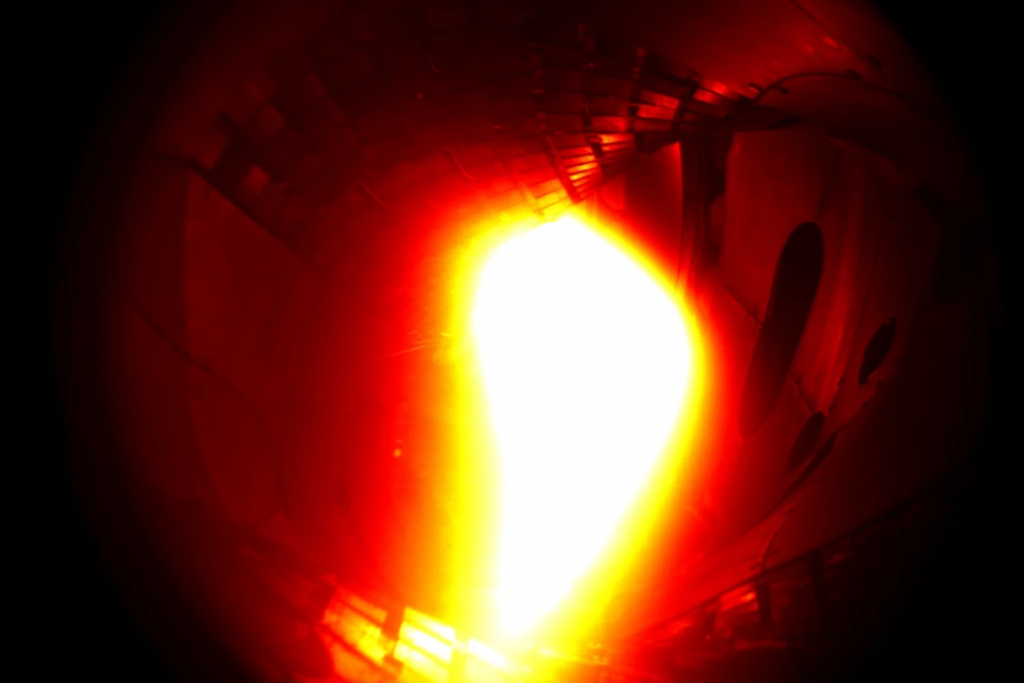The Wendelstein 7-X stellarator is an experimental nuclear fusion reactor aiming to bring us closer to unlimited, clean energy by exploiting atomic fusion. It is the world’s largest stellarator fusion device. Its goal is to investigate the suitability of facilities for power production. Wendelstein 7-X stellarator fusion is being developed at Germany’s Max Planck Institute for Plasma Physics (IPP) in Greifswald.

Physicists have just confirmed another “major advance” that includes efforts to tackle the energy losses associated with developing the Wendelstein experimental 7-X technology. As highly complex structures, stellarators stand apart from the traditional, symmetrical doughnut-shaped tokamak fusion reactors. As it is with all nuclear fusion reactors, the goal is to “see” within the Sun’s mass by subjecting streams of plasma to extreme temperature and pressure, forcing atoms to collide and fuse together to produce unprecedented amounts of energy.
The Wendelstein 7-X reactor is complex; it required supercomputers to design. It uses a series of 50 superconductive magnetic coils to hold in place plasma as it loops around a twisting and turning circular chamber. In 2018, physicists working on the project set new records for energy density and plasma confinement for a fusion reactor of this type. These experiments found out that the plasma heated to temperatures of 20 million °C (36 million °F), surpassing the Sun’s 15 million °C (27 million °F). However, Wendelstein 7-X might be destined for temperatures much greater than this.

During the development of Wendelstein 7-X, engineers addressed one limitation that affects classic stellarator design, a type of heat loss known as “neoclassical transport.” This happens when collisions between the heated particles cause some to stray out of their orbit from the magnetic field. The Wendelstein 7-X magnetic field cage was thoroughly optimised for avoiding such losses. To determine whether that cautious planning has paid off, scientists from the Max Planck Institute for Plasma Physics and Princeton Plasma Physics Laboratory (PPPL) carried out a detailed analysis of the stellarator’s round of record-breaking experiments. The analysis focused on diagnostic data collected by X-ray imaging crystal spectrometer and showed a sharp reduction in neoclassical transport and revealed that the high temperatures could not have been obtained otherwise.

“This showed that the optimized shape of the W7-X reduced the neoclassical transport and was necessary for the performance seen in W7-X experiments,” said Novimir Pablant, a physicist at PPPL, in a New Atlas report.
“It’s really exciting news for fusion that this design has been successful. It clearly shows that this kind of optimization can be done,” says Pablant.
The paper was published in the journal Nature.
Source: PPL


